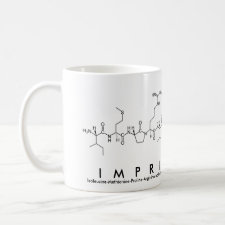
Authors: Ju HX, Zhang XJ, Wang J
Publication date: 2011
Chapter title: Nanostructured Mimic Enzymes for Biocatalysis and Biosensing.
Chapter number: 3
Page numbers: 85-109.
DOI: 10.1007/978-1-4419-9622-0_3
Book title: NanoBiosensing: Principles, Development and Applications
Editors: Ju HX, Zhang XJ, Wang J
Publisher: Springer
City: New York
ISBN: 978-1-4419-9622-0
Series title: Biological and Medical Physics, Biomedical Engineering
Abstract: Accurate, rapid, inexpensive, and selective analysis is required today for use in clinical diagnostics and the food industry. The majority of known electrochemical biosensors are based on immobilized specific biomolecules, such as proteins, enzymes, nuclear acids, antibodies, and antigens on the modified electrodes [1–8]. These resulting biomolecule-based devices usually show high sensitivity and specificity due to the high loading of enzymes on the nanoparticles [9–12]. However, their stability is limited due to easy denaturation [13] and leakage of biomolecules during their storage and immobilization procedure. Furthermore, the preparation and purification of biomolecules are usually time-consuming and expensive [14]. Therefore, the syntheses of artificial biomolecules with highly catalytic properties and a wide range of practical applications are becoming a significant field for different purposes.



Join the Society for Molecular Imprinting

New items RSS feed
Sign-up for e-mail updates:
Choose between receiving an occasional newsletter or more frequent e-mail alerts.
Click here to go to the sign-up page.
Is your name elemental or peptidic? Enter your name and find out by clicking either of the buttons below!
Other products you may like:
 MIPdatabase
MIPdatabase









